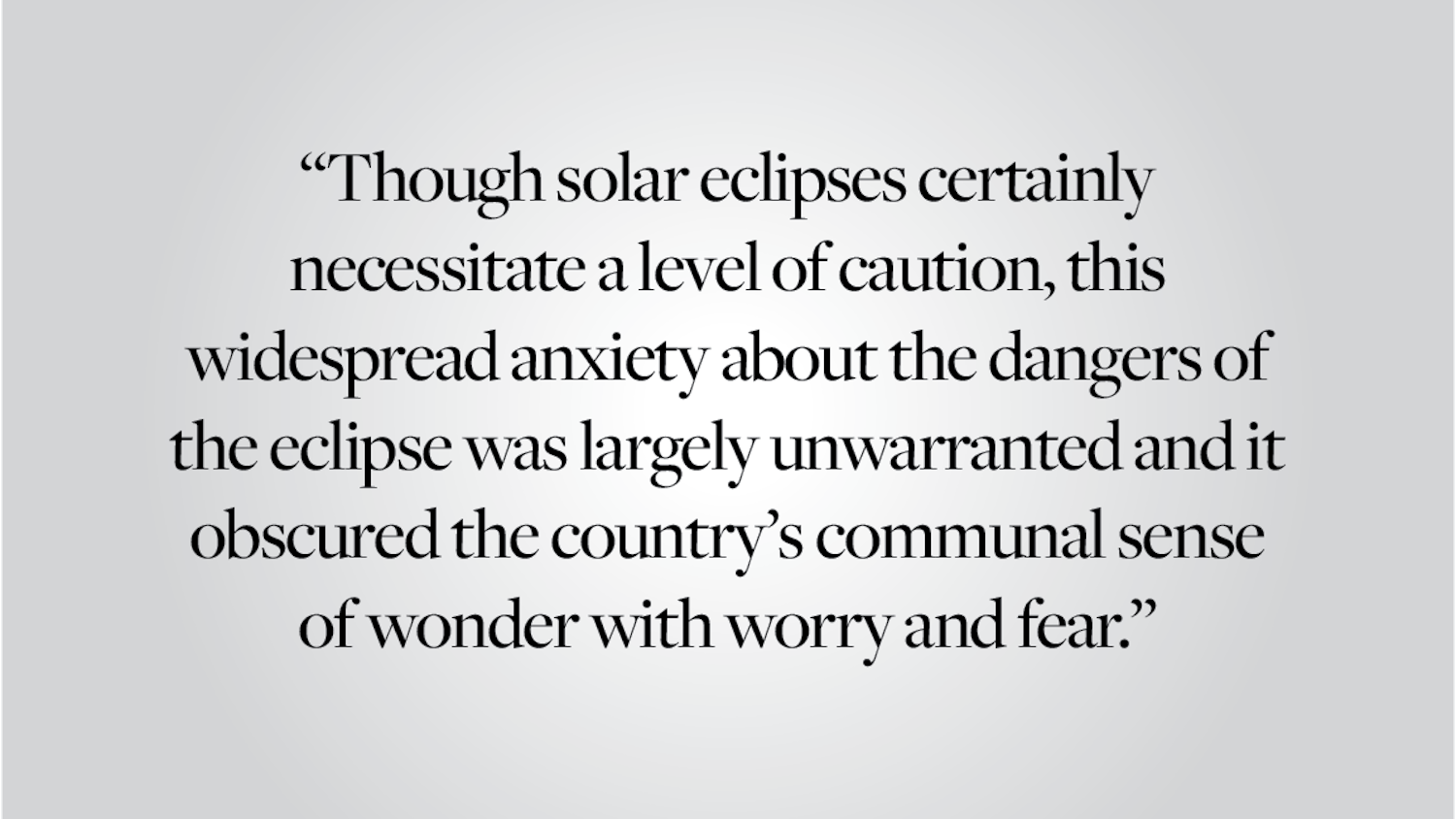Recent events — namely April 20 (4/20) and Spring Weekend — inevitably brought up the topic of substance use among students, which, given the politics of most Brown students, leads to a conversation about the legal and regulatory state of said substances. It’s no secret that at 4:20 p.m. April 20 every year, the Main Green is “greener” than usual, as students grab their lighters and create a collective cloud of smoke big enough to be seen from rooftops. And there’s an unspoken policy, whether it’s condoned by the University or not, that “if you can get it into the venue, you can use it” during Spring Weekend. It’s basically a given that you’ll see concert-goers indulging in a variety of substances — most obviously lighting and passing blunts, but also openly consuming edibles — on the Main Green during the school-funded concert. But an environment where drug use is relatively unregulated by campus authority is actually preferable to one of paranoia and rebellious consumption, despite the common practice of using policy crackdowns to increase safety.
The visibility of substance use is explicit — even Brown administrators can’t feasibly ignore such painfully obvious activity. But in terms of their reactions, they turn a blind eye to it year after year, opting not to crack down and rigorously enforce policies. Perhaps it’s the sheer volume of students partaking in these activities that makes enforcement a difficult feat. Or maybe it’s because there are more pressing issues at hand, where physical harm is more imminent. At Spring Weekend, for example, security stays on the fringes of the crowd, more concerned about physical fights breaking out or people passing out than preventing illicit drug consumption. Emergency Medical Services are also on hand, attending to those whose health needs are urgent. This did more for the safety of everyone in attendance than attempting mass confiscation of illicit substances.
All colleges are different when it comes to drug and alcohol policy, which can have various effects on student behavior. Underage drinking, marijuana smoking and cocaine snorting happen at college campuses across the country, but under different sets of circumstances. Generally these activities take place behind closed doors, carefully concealed from administrators and authority figures. While the perception of potential backlash can be very harsh at other schools, many Brown students don’t expect much retribution for substance-related rule-breaking.
In most cases, heightened levels of paranoia about being caught and dealt record-tarnishing infractions don’t prevent consumption, but instead drive it into darker corners. Brown’s relatively lax approach deviates from this norm and has the opposite effect — reinforcing the importance of personal choice and comfort while discouraging drug use for the sake of being rebellious. There’s certainly some truth to the idea that making something an act of rebellion has the perverse effect of incentivizing its use among risk-loving individuals. When students have to take relatively extreme measures to obtain drugs and hide their usage, a culture of intensity around drug use begins to manifest. In contrast, within a culture where drugs are more normalized, personal comfort can play more of a factor in influencing consumption.
That’s not to say that I commend drug use or breaking the law. I do not. But given today’s society, it’s important to consider how the pressure to use drugs manifests itself. This is not a new phenomenon — colleges have struggled with this issue for decades. And the drug issue is not invisible to administrators. Certainly the Department of Public Safety, the Office of Residential Life and other groups are incredibly invested in student safety in this area. But their approach is nothing short of lenient in comparison to some of their more stringent peer departments at other schools.
Perhaps this very concept has earned Brown its informal label of “stoner Ivy,” the hippie home of the naked parties and free-flowing drugs. Whether or not this name is a misnomer is up to interpretation, but it’s important to consider the type of potentially dangerous drug culture that stringent policy enforcement can perpetuate. Maybe there’s something to be learned from Brown’s approach.
Samantha Savello ’18 can be reached at samantha_savello@brown.edu. Please send responses to this opinion to letters@browndailyherald.com and other op-eds to opinions@browndailyherald.com.




